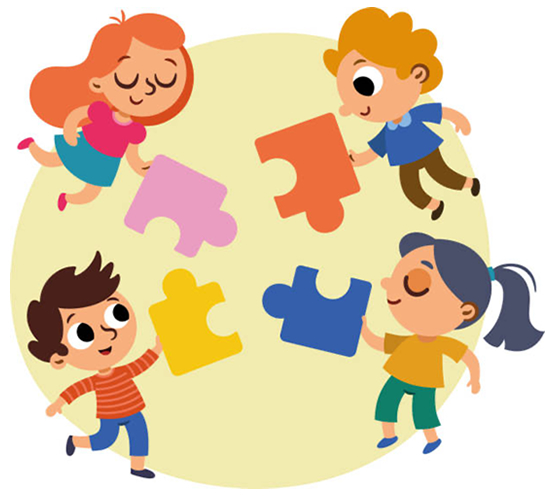When the 10th-grade results are announced, every student has the same thought: “What next after 10th?” Science, business, or the arts? This is a common misunderstanding that many students have. There are numerous career opportunities in every field, but choosing the right stream in which students are interested should be the primary concern.
Which board should you choose?
There are numerous options, but selecting the right career after 10th grade is critical. A trained career counselor can assist you in resolving your confusion. A career counselor will use a career assessment to determine the best career path for you in the future. A career assessment test analyses your skills, interests, and abilities and provides a clear roadmap based on that.
Career guidance for students in the tenth grade
According to the CBSE, nearly 32 lakh students took the 10th board exams. That is a massive number. But how many students know what to do after 10th grade? Career counseling and guidance for students in the tenth grade are critical. Students who are undecided about their major can seek career guidance. Career counseling for 10th-grade students is essential because today’s youth are tomorrow’s leaders.
Career Options After 10th Grade
- Science
In terms of career choice, parents and students prefer science.
- The science stream offers lucrative careers in engineering, medicine, IT, and research.
- Majoring in science broadens your options. You could switch from science to commerce or vice versa. Contrariwise, it is impossible.
- Science education improves problem-solving skills.
- Science and math give a versatile foundation for highly regarded and well-paying careers.
Who should study science?
Science is a good choice if you enjoy math and technology after 10th grade.
– You can study physics, chemistry, or math (PCM).
– To study medicine, you can major in physics, chemistry, math, or biology (PCM-B).
Now many kids despise math. They are either terrified of or uninterested in mathematics. Fear not, knowing Math isn’t essential to being a doctor. Any of these three are valid alternatives (PCB).
After tenth grade, science students have various employment alternatives. If you’re wondering what to pursue after high school, www.edumilestones.com can help. Their career evaluation test is 92% accurate.
It will help you decide on your professional path.
- Commerce –
The second most prevalent job path is commerce. Finance is the ideal choice if you like numbers, finances, economics, etc.
- It opens up more professional opportunities, such as Chartered Accountants, MBAs, and investment banking.
- You learn valuable business expertise.
- You should know accounting, finance, and economics.
- You must enjoy math, statistics, and economics.
- Commerce is a growing subject in India, with many students studying and working in the sector.
Then who should study commerce?
If you like numbers, business, and economics, this stream is for you.
If you wish to work in economics and business, commerce is your vocation.
Assume you are undecided about a business career. In that instance, professional career counseling can help you make the proper selection. After tenth grade, career counseling is crucial for a smooth career. After tenth grade, commerce students have several alternatives. Experts say Edumilestones’ assessment report is the best. Their job is statistically valid and dependable.
- Arts/Humanities
– Nowadays, arts/humanities are highly sought after by students.
- Arts careers are fast gaining popularity. It gives pupils many job alternatives.
- Design, Humanities, and Language Arts are lucrative fields.
- Arts subjects foster creativity and expressiveness.
- Art students improve critical thinking skills. It also helps you strengthen your leadership skills.
Art teaches you how to interact with your surroundings.
Who should study Arts after the tenth grade?
If you are a creative student who wants to delve deeply into humanity, arts is the stream for you.
After 10th grade, there are numerous options for the Arts stream. If you are unsure about your career path, you can seek career counseling.
After completing your tenth grade, these are some excellent career options available to you.
















